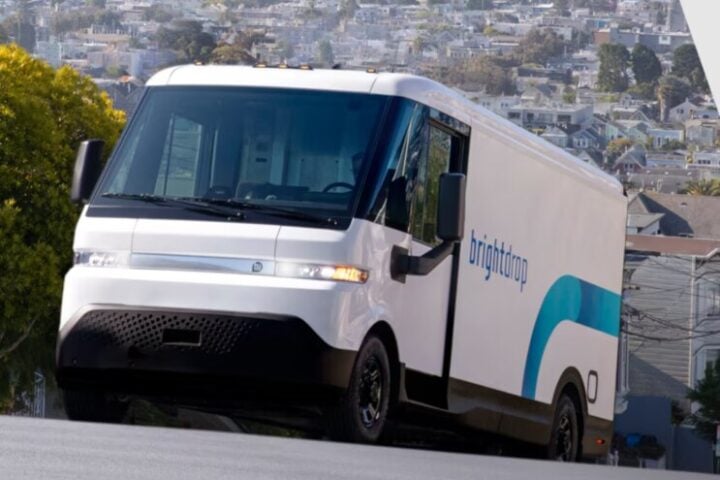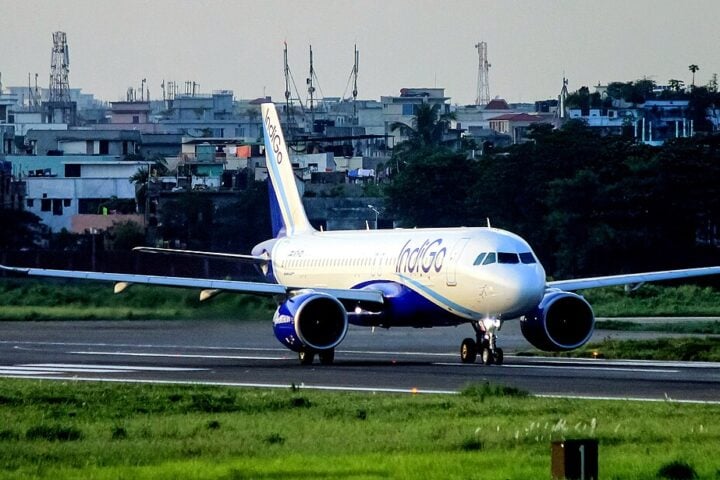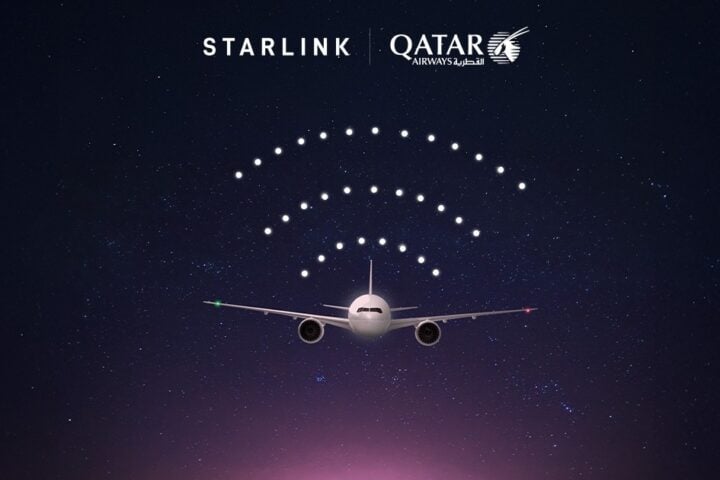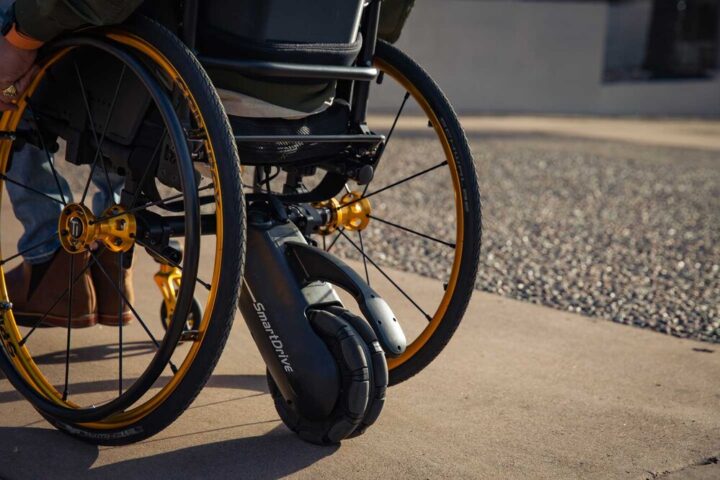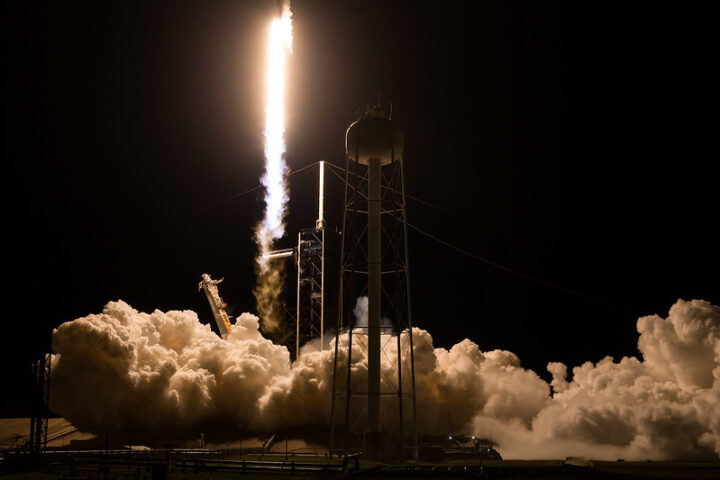In a move that marks a significant shift in the space industry, tech entrepreneur Jared Isaacman stepped out of SpaceX’s Crew Dragon capsule on Thursday, September 12, 2024, becoming the first civilian to conduct a private spacewalk. This event, part of the Polaris Dawn mission, pushes the boundaries of commercial space activities and tests new technologies for future exploration.
Mission Overview and Key Players
The Polaris Dawn mission, launched Tuesday aboard a SpaceX Falcon 9 rocket, aims to advance space technology and expand human spaceflight capabilities. The four-person crew consists of:
- Jared Isaacman: Mission commander and founder of Shift4 Payments
- Sarah Gillis: Mission specialist and SpaceX engineer
- Anna Menon: Mission specialist and SpaceX engineer
- Scott “Kidd” Poteet: Pilot and retired U.S. Air Force lieutenant colonel
Spacewalk Details and Technical Achievements
The spacewalk, lasting about 8 minutes for each participant, took place at an altitude of 738 km above the Earth’s surface. This height surpasses the orbit of the International Space Station, making it the highest civilian spacewalk in history. The entire operation, including depressurization and repressurization of the Dragon capsule, took 1 hour and 46 minutes.
Isaacman, tethered to the spacecraft, tested the mobility of SpaceX’s new spacesuit design. “The handsfree demonstration is very comparable to the trainer, in terms of the foot restraint,” he reported during the spacewalk.
Sarah Gillis followed Isaacman, becoming the youngest person ever to walk in space at 30 years old. She performed similar mobility tests before returning to the capsule.
SIMILAR POST
Financial and Industry Implications
While the exact cost of the mission remains undisclosed, industry experts estimate it in the hundreds of millions of dollars. This investment reflects the growing commercial interest in space activities and the potential for new business models in the sector.
The success of this mission could pave the way for more private citizens to participate in spacewalks and other advanced space activities. It also demonstrates SpaceX’s expanding capabilities that go beyond launch services, potentially opening new revenue streams for the company.
Environmental and Safety Considerations
As private space activities increase, questions about environmental impact and space debris management become more pressing. The space industry will need to address these concerns to ensure sustainable growth.
Safety remains a paramount concern in space operations. The new SpaceX suits and procedures developed for this mission will likely undergo thorough review and iteration based on the data collected during this spacewalk.
Future Outlook and Industry Impact
NASA Administrator Bill Nelson commented on the mission’s success: “Today’s success represents a giant leap forward for the commercial space industry and NASA’s long-term goal to build a vibrant U.S. space economy.”
This mission is the first of three planned by Isaacman, indicating a long-term commitment to advancing commercial space capabilities. The data and experience gained from these missions could inform future expeditions to the Moon and Mars.
As private companies like SpaceX continue to push the boundaries of space technology, the relationship between government space agencies and commercial entities is likely to evolve. This shift could lead to new models of collaboration and resource allocation in space exploration.
Above and beyond, Jared Isaacman’s spacewalk represents a significant milestone in the commercialization of space activities. While challenges remain, particularly in areas of safety and sustainability, this event demonstrates the potential for private enterprise to drive innovation in space exploration.





